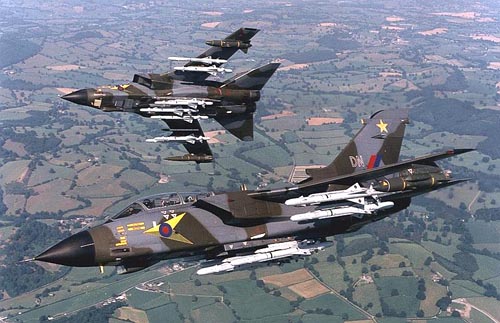Well, as I'm sure all aviators know, the world's premier Air Force, The Royal Air Force, The R.A.F. wasn't officially formed until 1 April 1918 by the amalgamation of the Royal Flying Corps (RFC) and the Royal Naval Air Service (RNAS).
The RFC had been a corps of the army, and the RNAS under the control of Admiralty.
I, off course, had served with distinction in both services and was soon snapped up by the fledgling RAF for a life of spectacular adventure.
But, dear readers, even before that, I was in the covert and highly dangerous Balloon Company of the Royal Engineers...

This previously top secret photograph has just been cleared for release from the Top Secret Nuclear Bunker archives by the fearsome M.O.D.
It shows yours truly setting orff on my first covert African mission. But let's not get ahead of ourselves..
 In 1878, the War Office formed a secret establishment at Woolwich to develop military ballooning under a keen amateur balloonist Captain (later Colonel) James L B Templer.
In 1878, the War Office formed a secret establishment at Woolwich to develop military ballooning under a keen amateur balloonist Captain (later Colonel) James L B Templer.Armed with a grant of £150, Britain’s first military balloon was constructed.
It was called Pioneer.
 As a keen and brave young squaddie, (The R.A.F. obviously not yet in existence) I was accidentally volunteered for this brand new Balloon Section of the Royal Engineers.
As a keen and brave young squaddie, (The R.A.F. obviously not yet in existence) I was accidentally volunteered for this brand new Balloon Section of the Royal Engineers. A few years later, in 1885, the Fuzzie Wuzzies rose up and tried to take over the British built Suez canal.
A few years later, in 1885, the Fuzzie Wuzzies rose up and tried to take over the British built Suez canal.The Empire couldn't have that, by jove!
So as part of the expeditionary force my balloon detachments were used operationally for the first time, in the Bechuanaland expedition and in the Sudan.
These campaigns proved the value of balloons for exceptional recon and we were soon back in action in the Boer War in South Africa (1899-1902) in the Natal, the Transvaal and the Orange Free State.
We were used for artillery observation in a number of major battles including Magersfontein, Paardeberg and Driefontein and were present at Ladysmith.
Damn it, man, I took a few pot shots meslf with me brand new Lee Enfield rifle, I can tell ya!
But I diverse..
After many more covert and recon ballooning adventures, which I may entertain you with at a later post, sometime around 1906, I moved up to my next, er, ahem, aircraft.
 Kite, Man lifting 1A, I believe we called the contraption. Unlike balloons, these kites could be launched very quickly and used in winds of up to 50 miles per hour.
Kite, Man lifting 1A, I believe we called the contraption. Unlike balloons, these kites could be launched very quickly and used in winds of up to 50 miles per hour.Which is why we grew such large moustaches; to warm our faces...
However, the following year, I was about to get my first proper motorised flight...

 The Nulli Secundus (Latin: "Second to none") or British Army Dirigible No 1.
The Nulli Secundus (Latin: "Second to none") or British Army Dirigible No 1.A Semi-rigid airship it became Britain's first military aircraft when she flew on 10 September 1907. The early design work was carried out by my old friend and mentor Colonel James Templer, and it was completed by Colonel John Capper of the Royal Engineers and Samuel Cody, the latter being mainly responsible for developing the steering gear and engine. She was built at our balloon factory at RAE Farnborough, and powered by a 50 hp (37 kW) Antoinette engine. She made her first public appearance on 5th October when we flew from Farnborough to London.
We completed a tour over the city, thrilling the patriotic crowds by circling St Paul's Cathedral until strong headwinds forced us to land at the Crystal Palace, Sydenham.
Our Historic flight lasted for 3 hours and 25 minutes and covered 50 miles (80 km) overland.
A young Wing Co, air ace of the future, had soared through the air on powered flight and there was no stopping him now!
Or the adventures that were to come...

























1 comment:
Wow, Wingers, Old fellow, what a life!
A very long life...
I'll have to write your life story one day!
Post a Comment